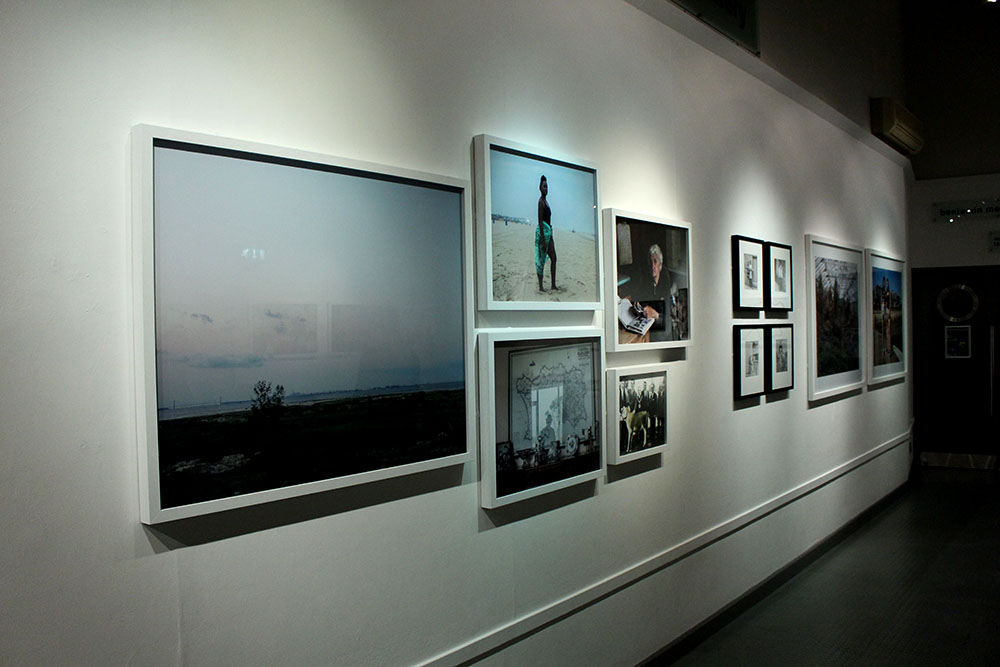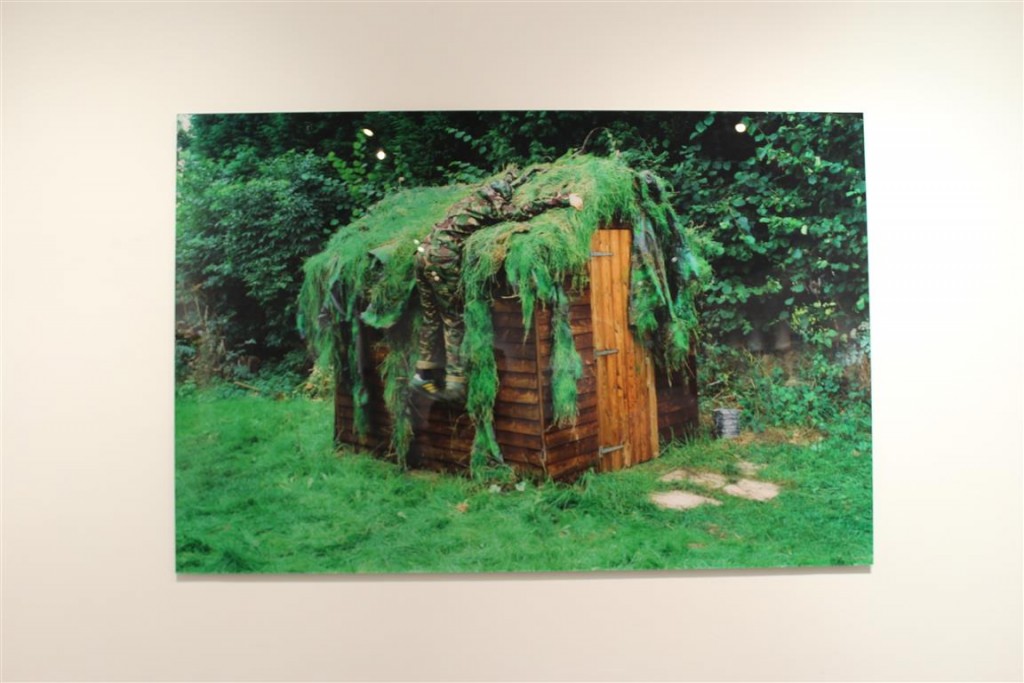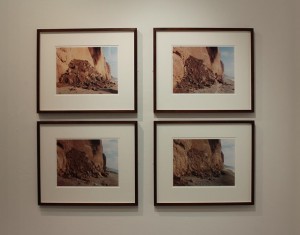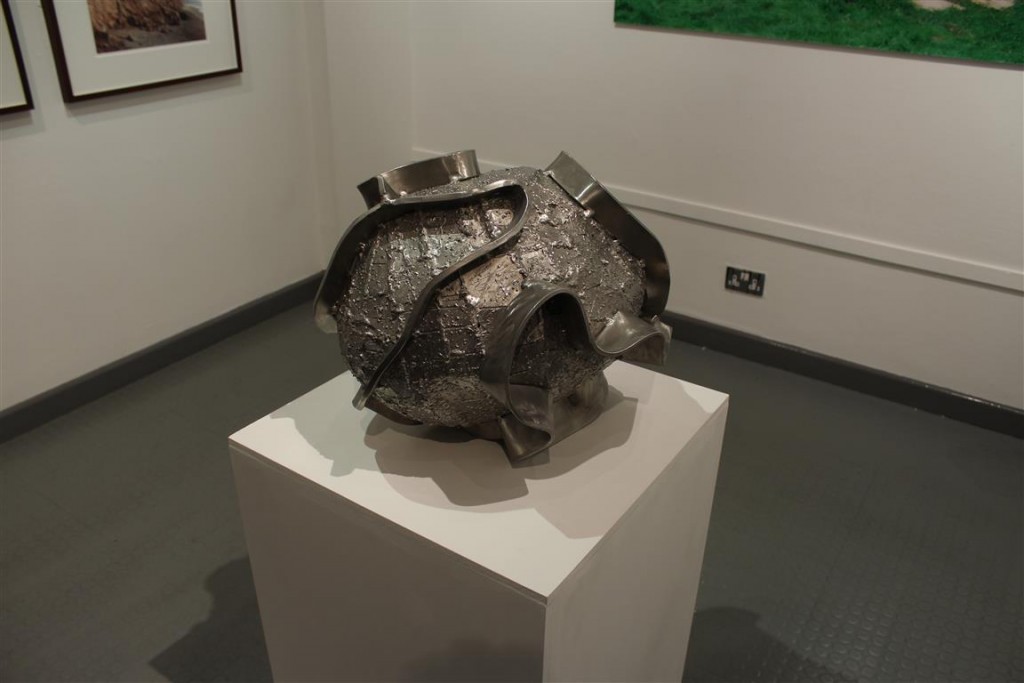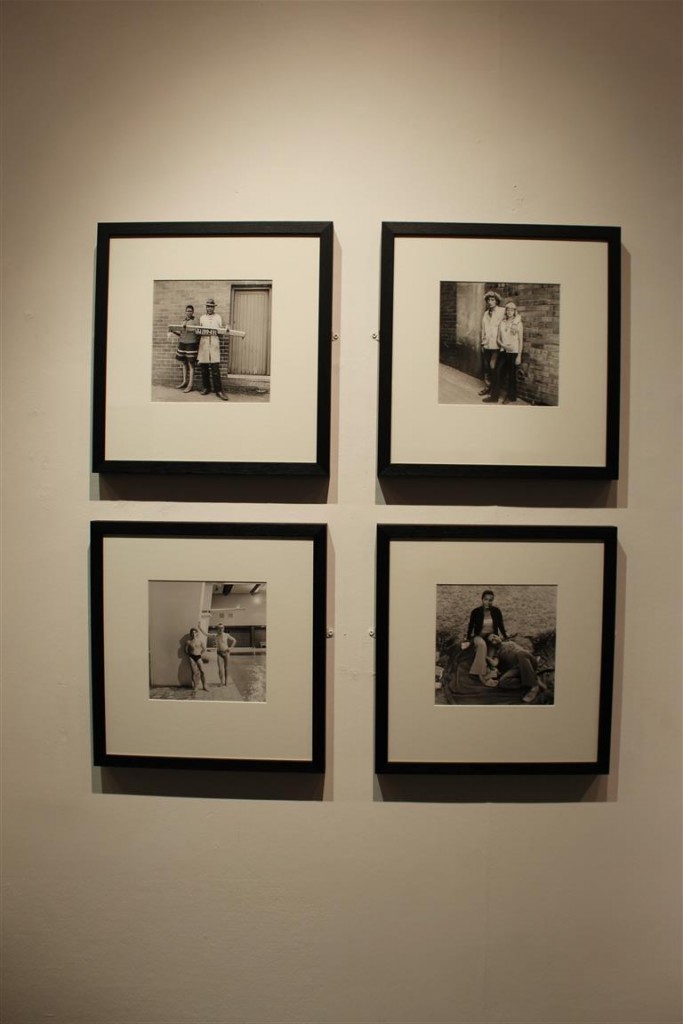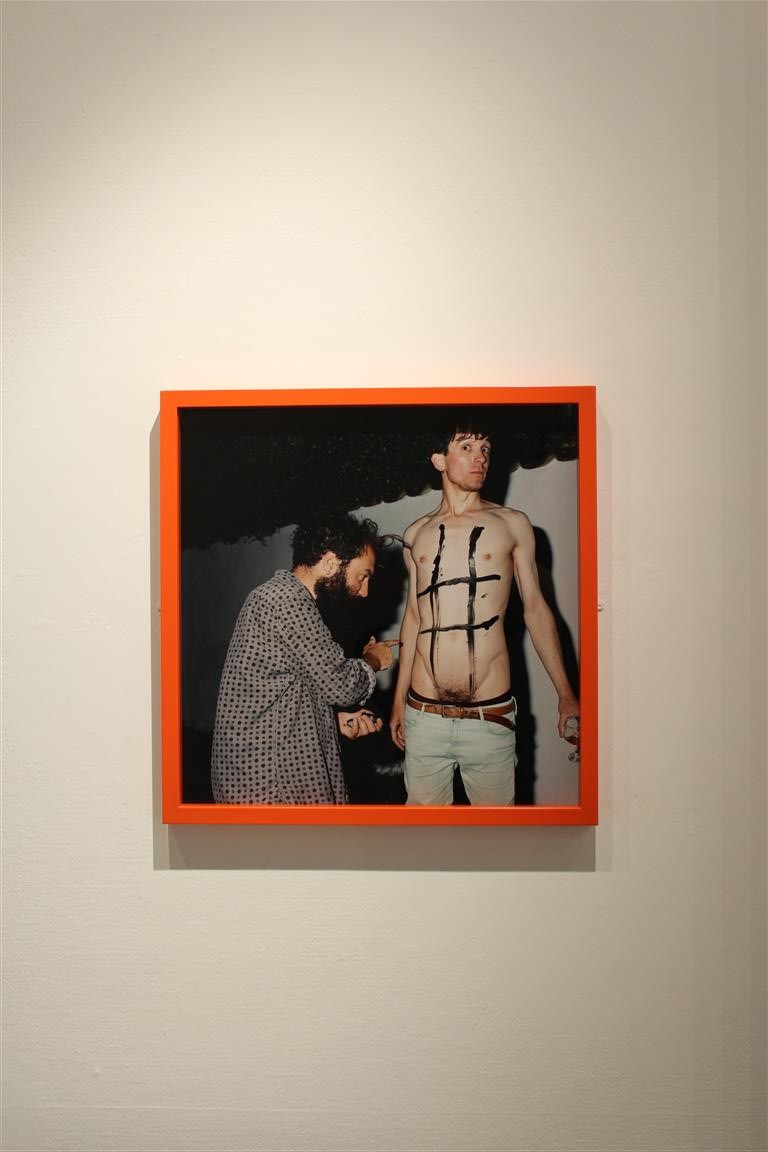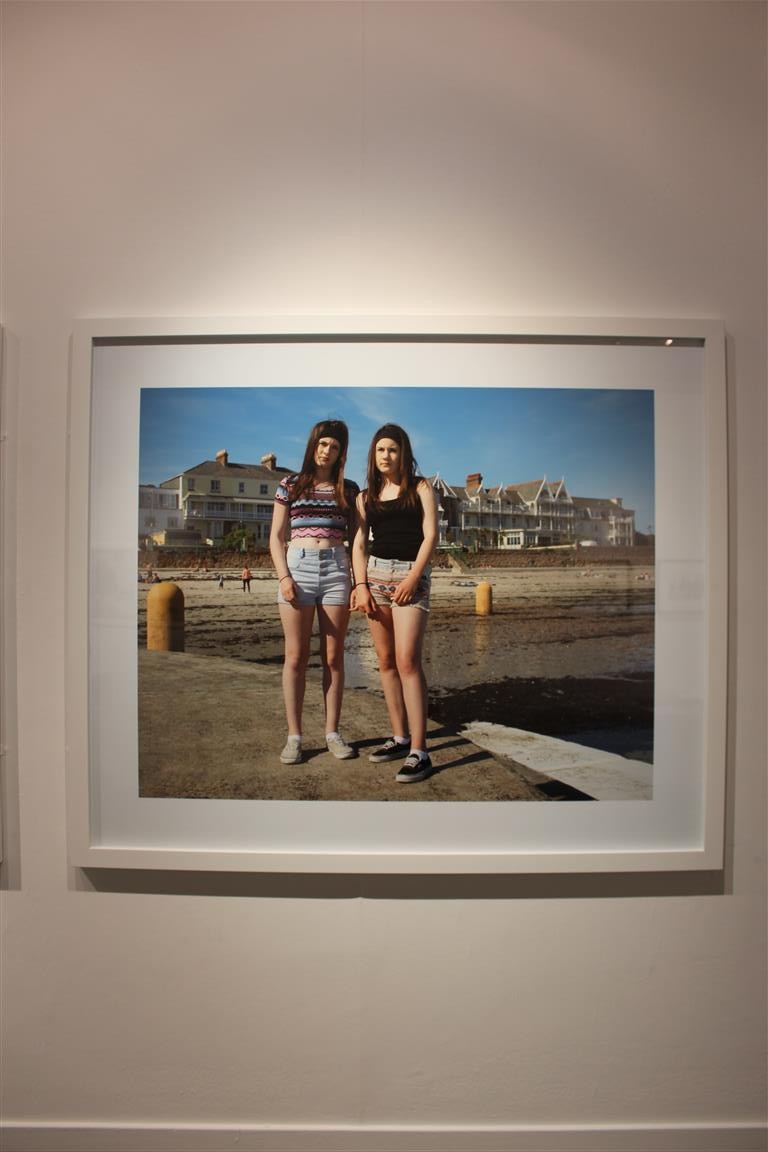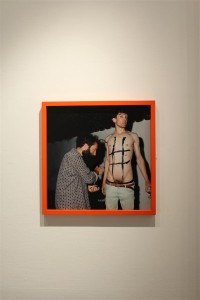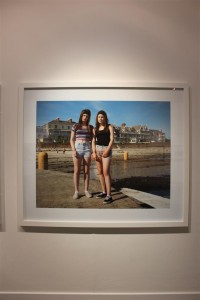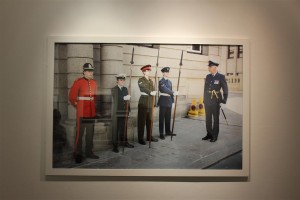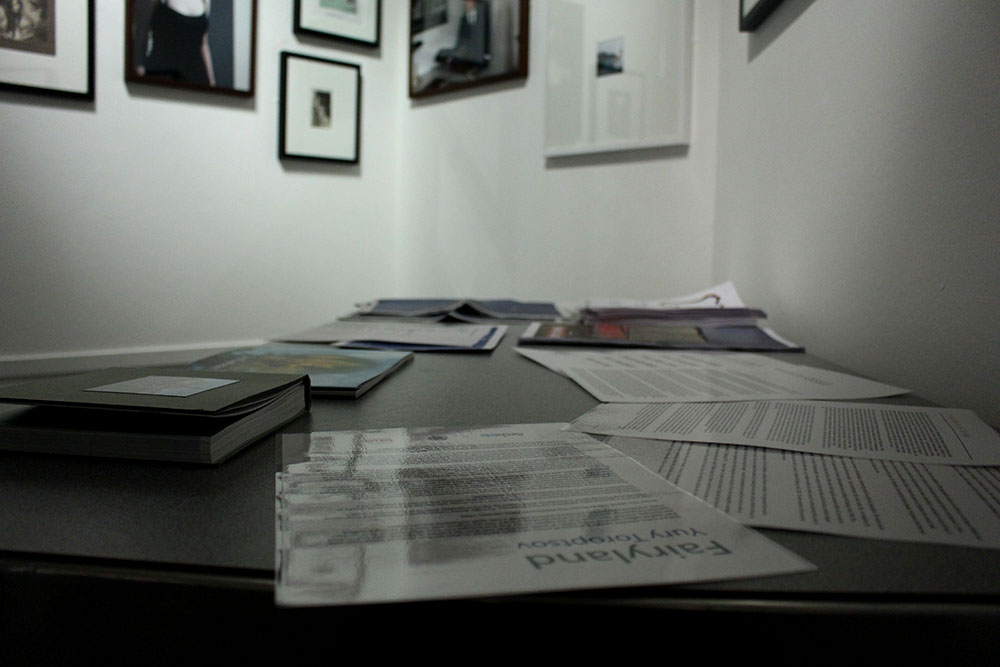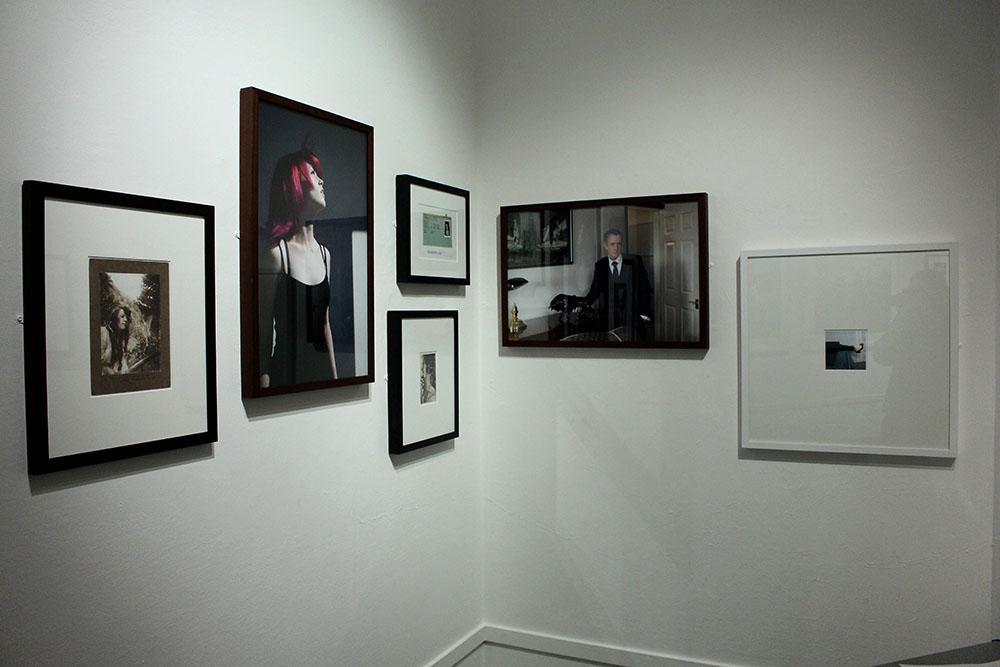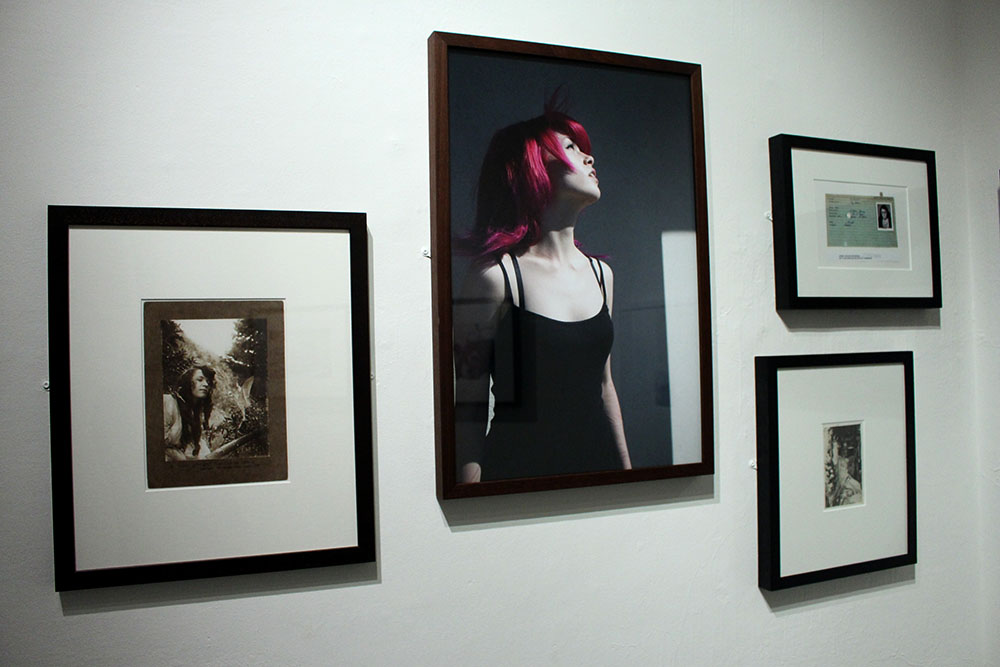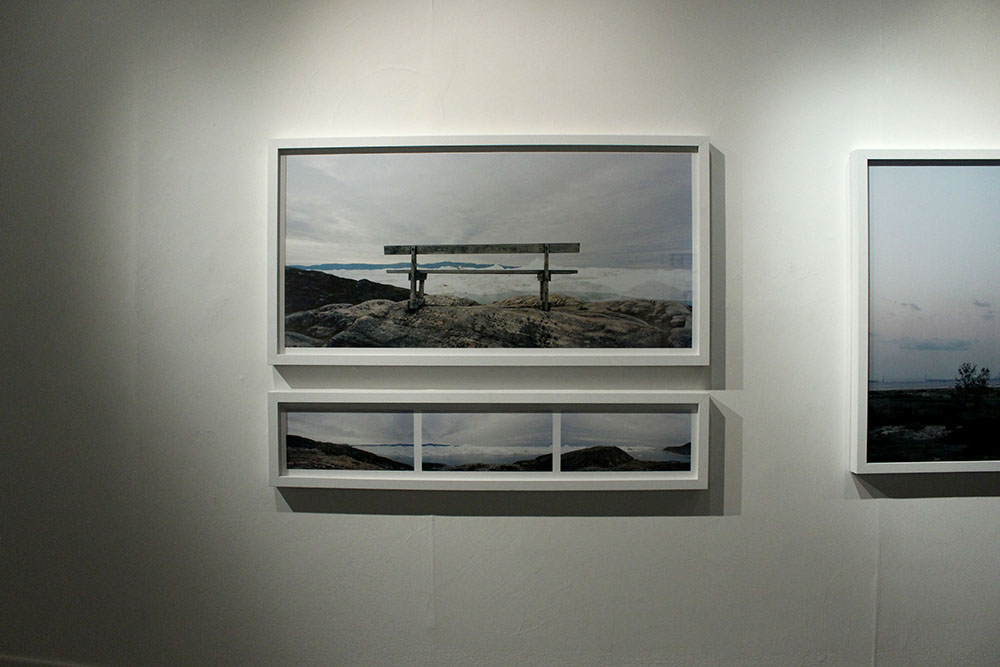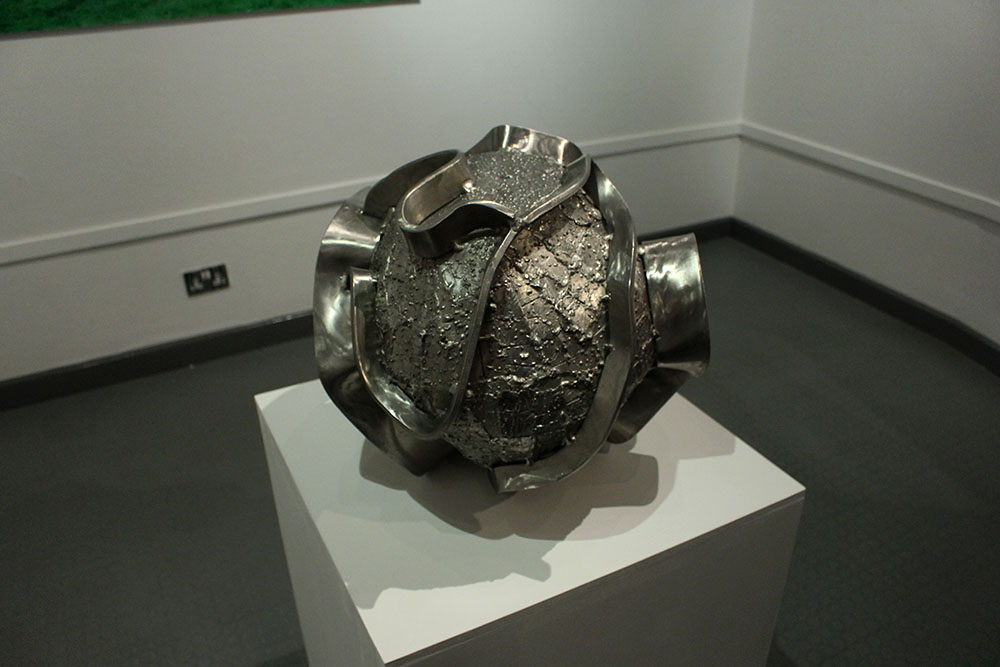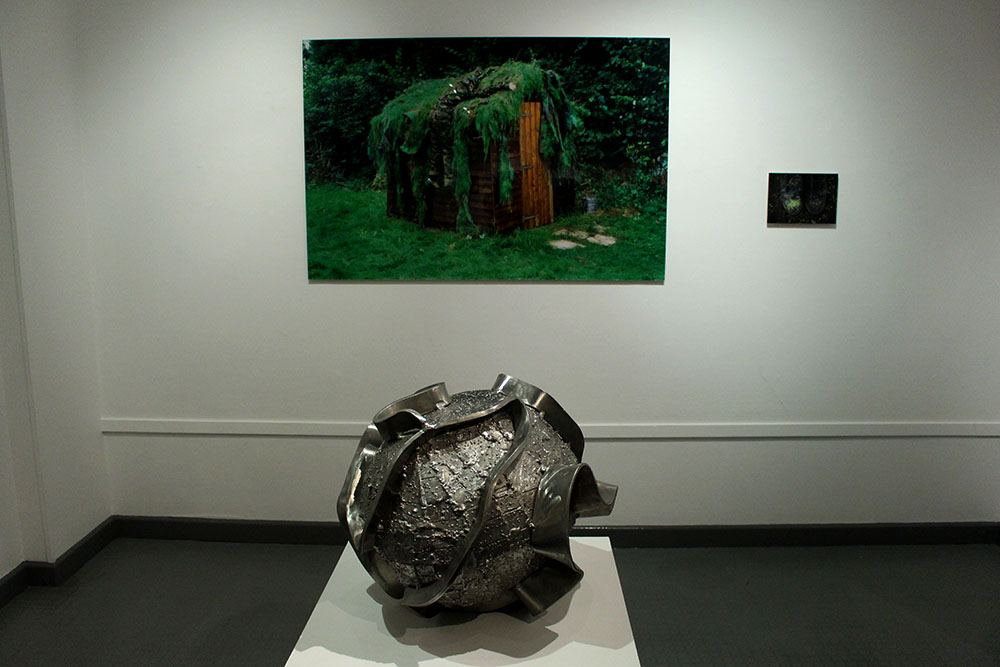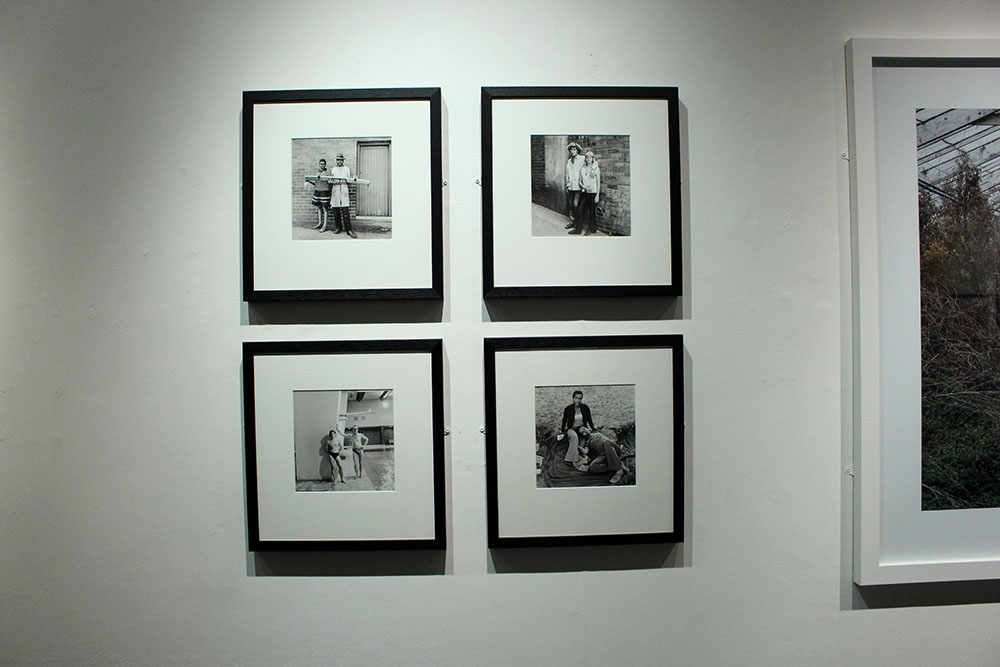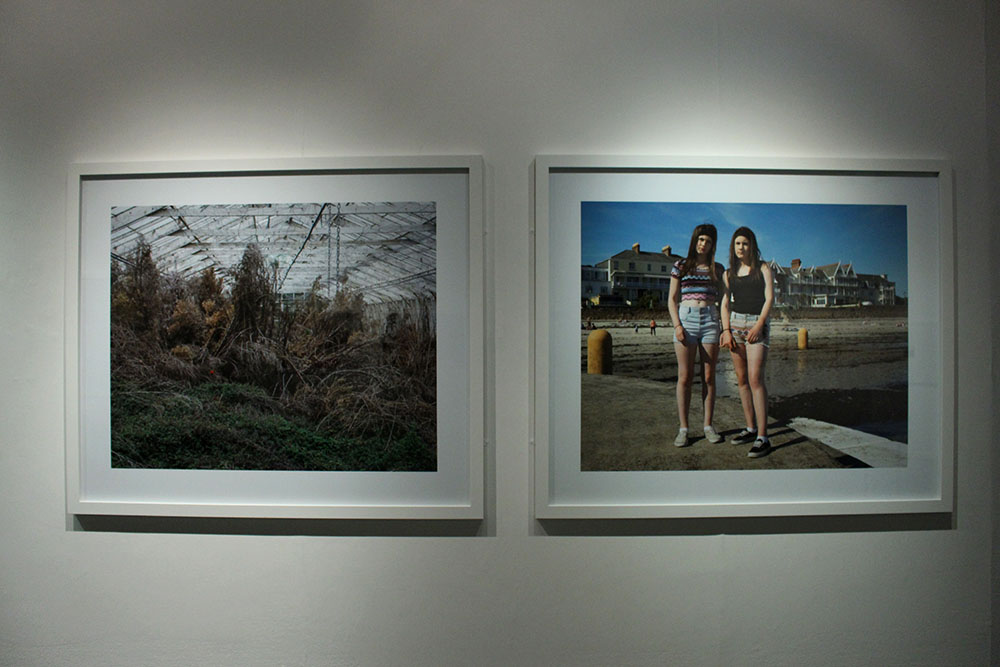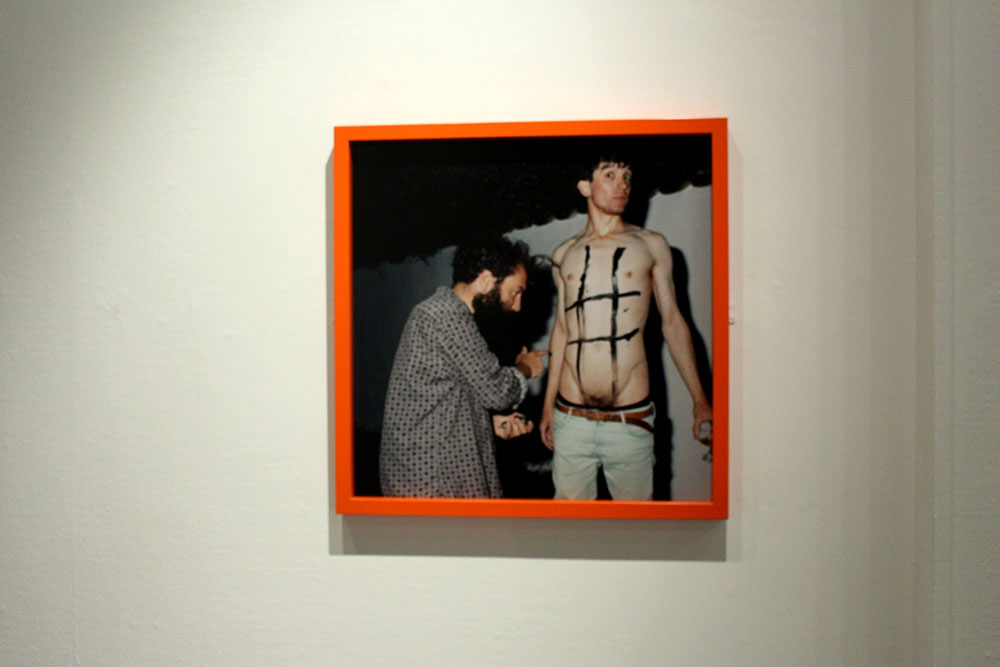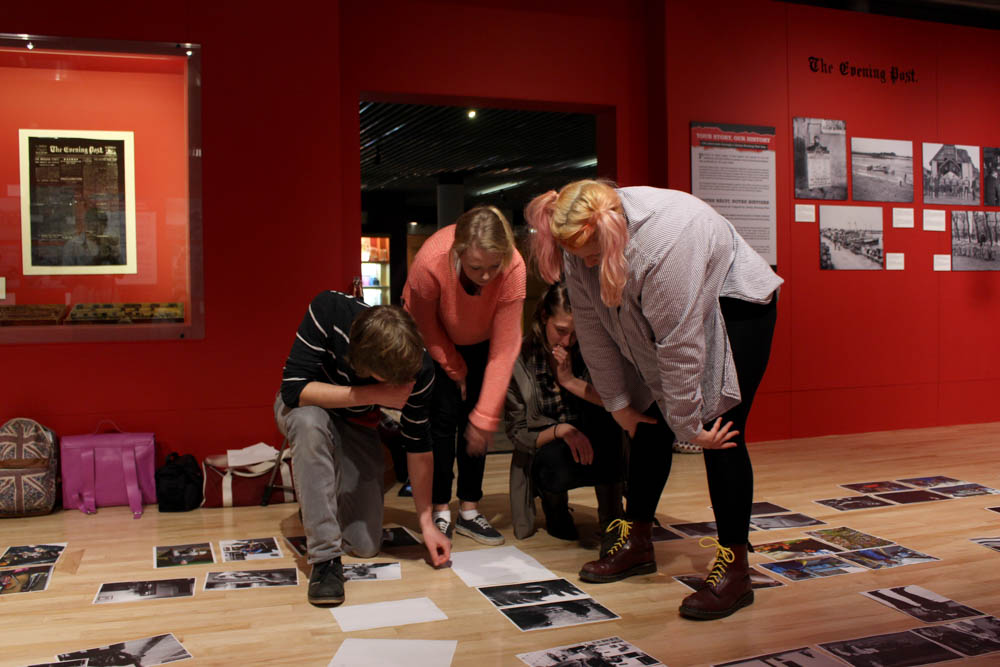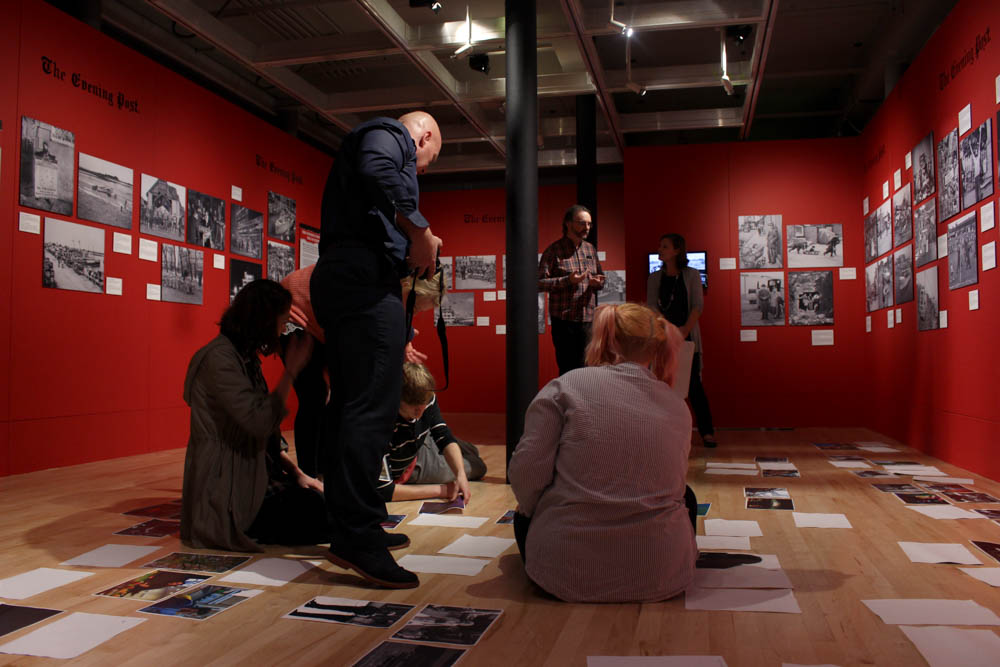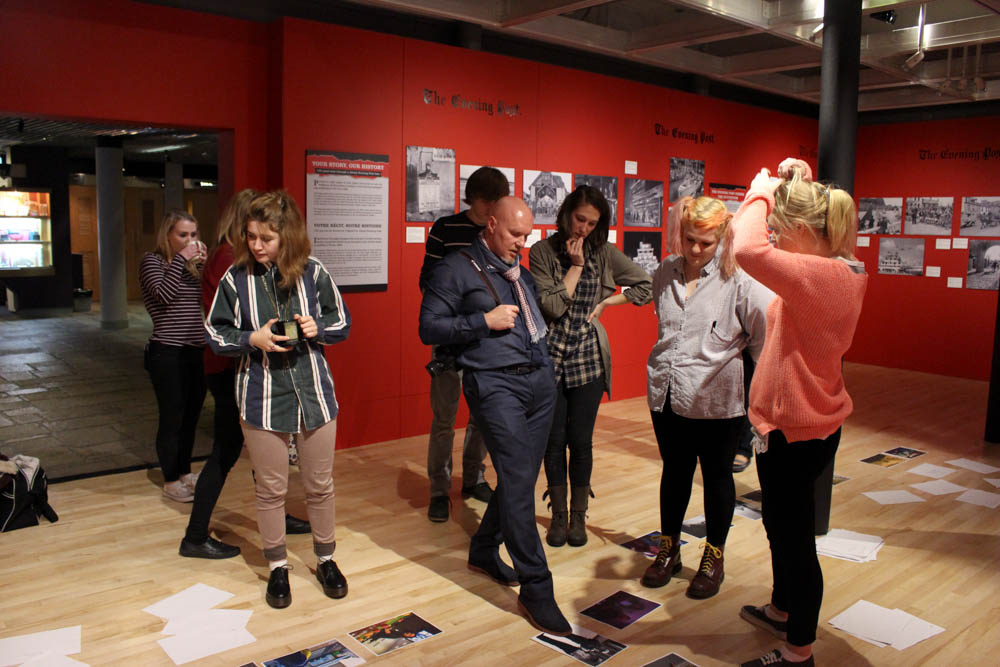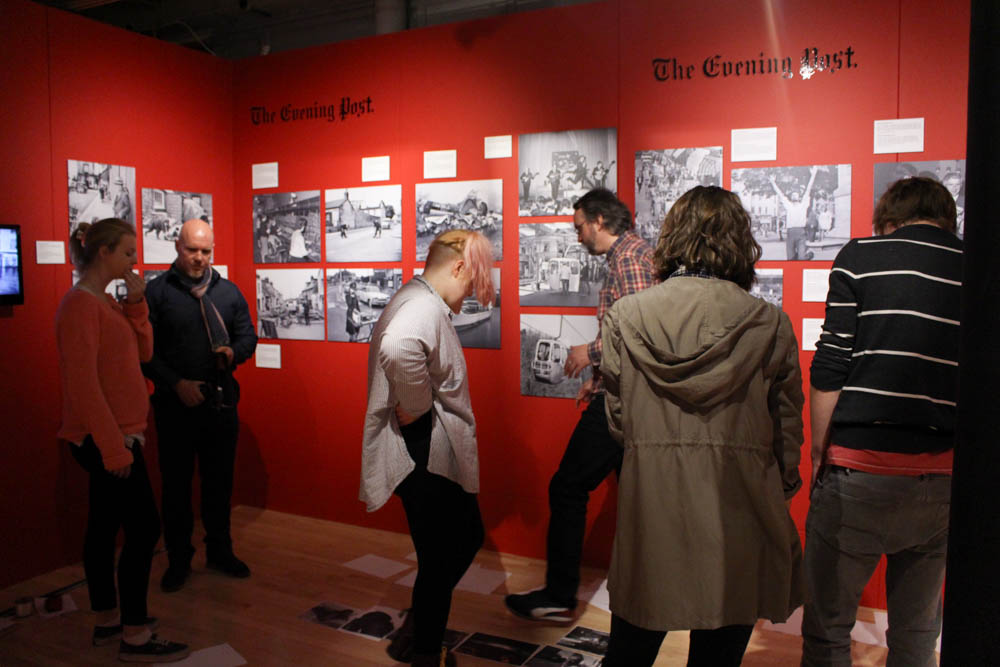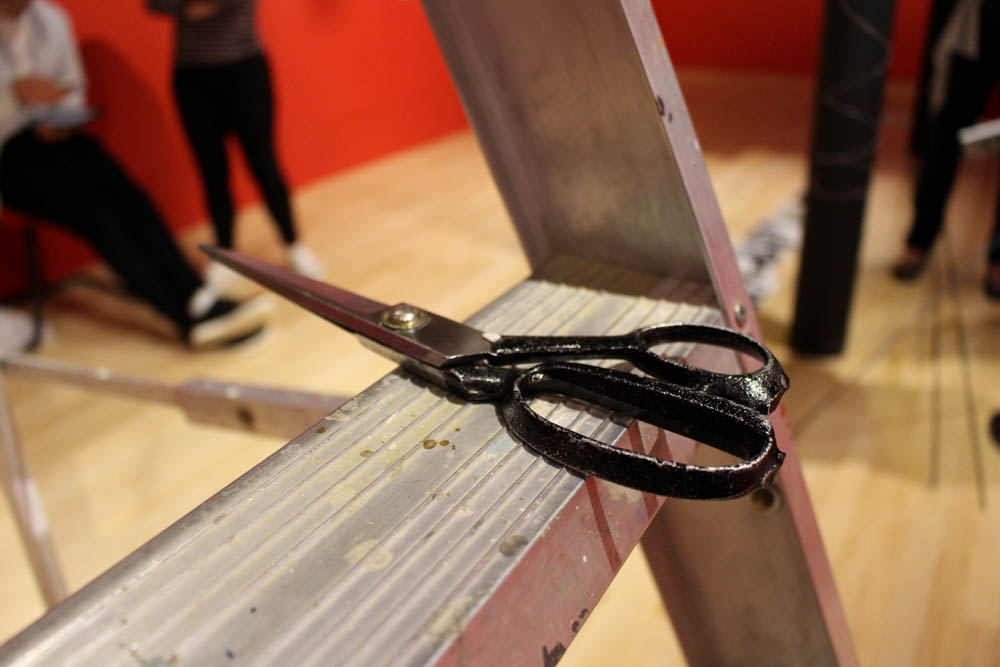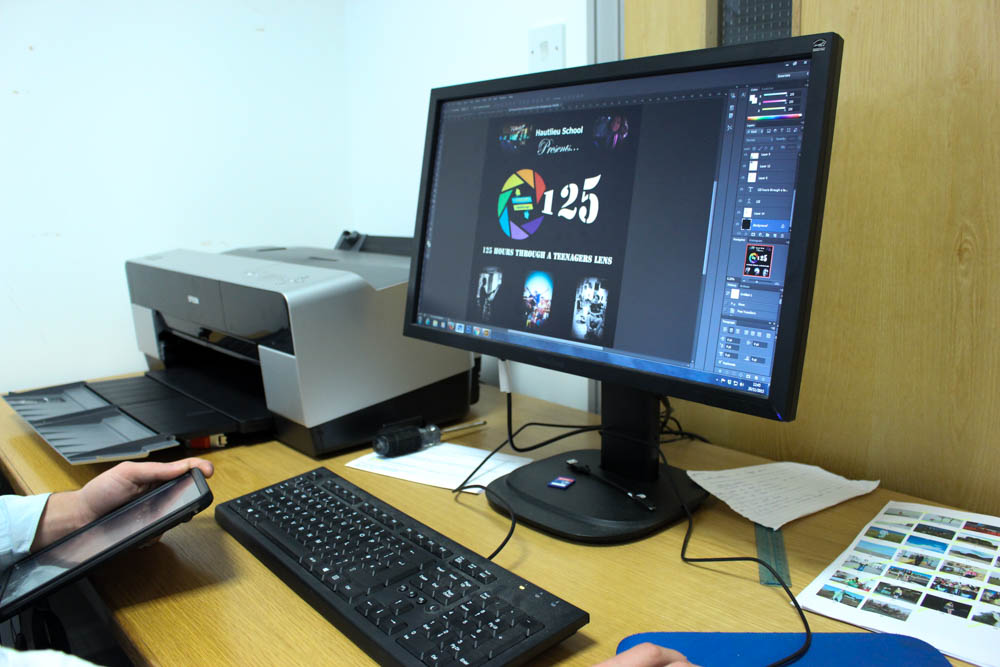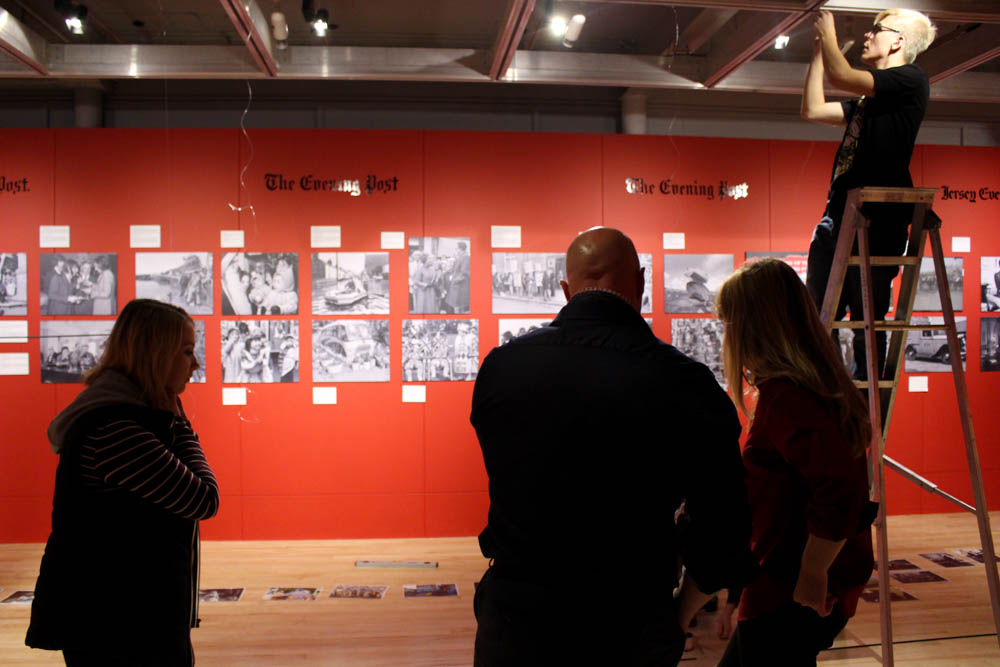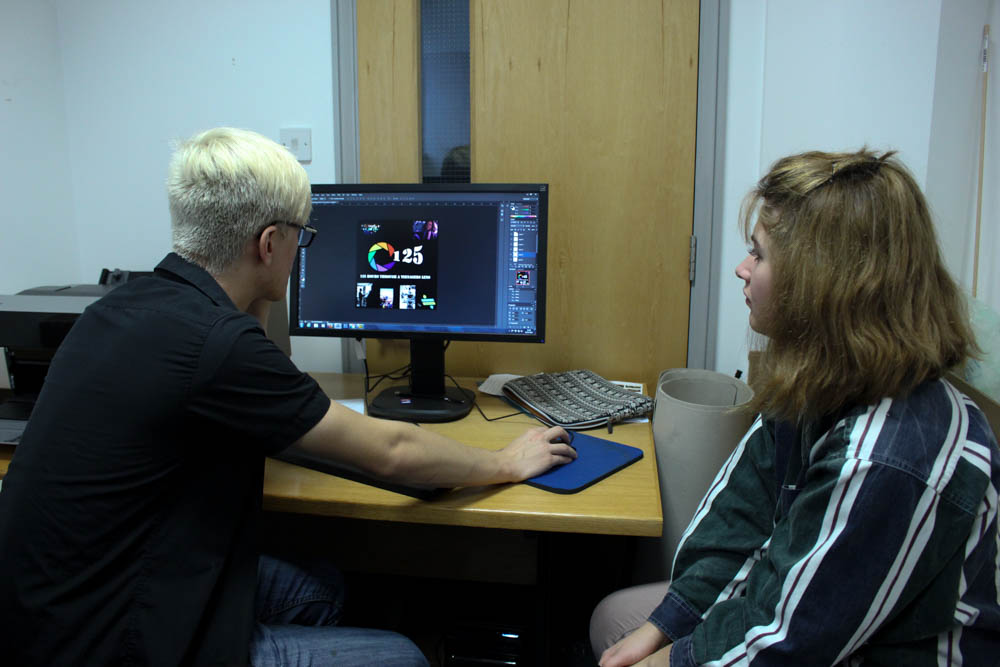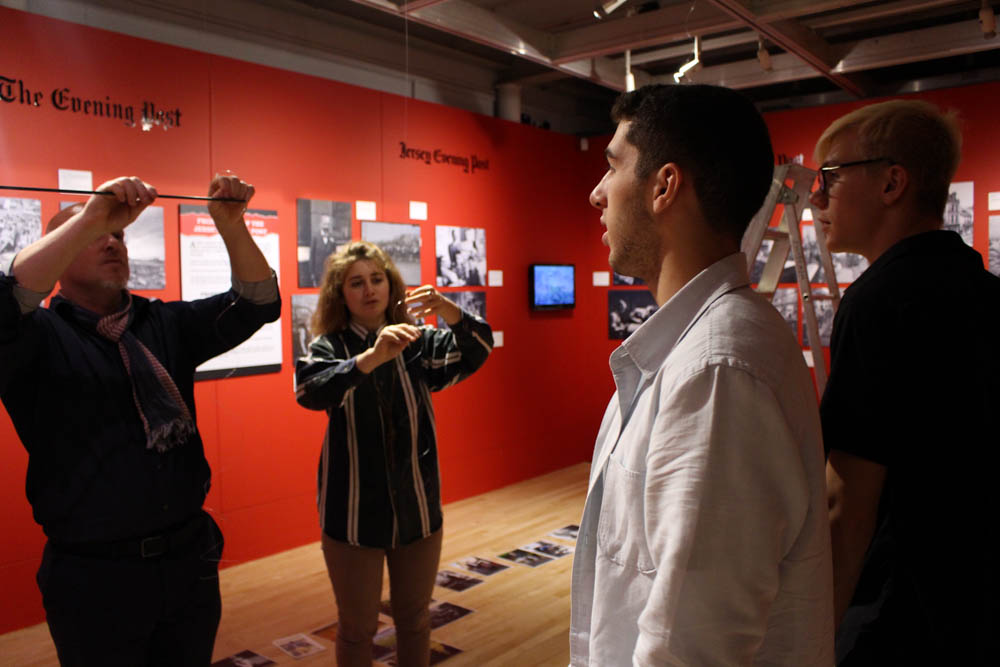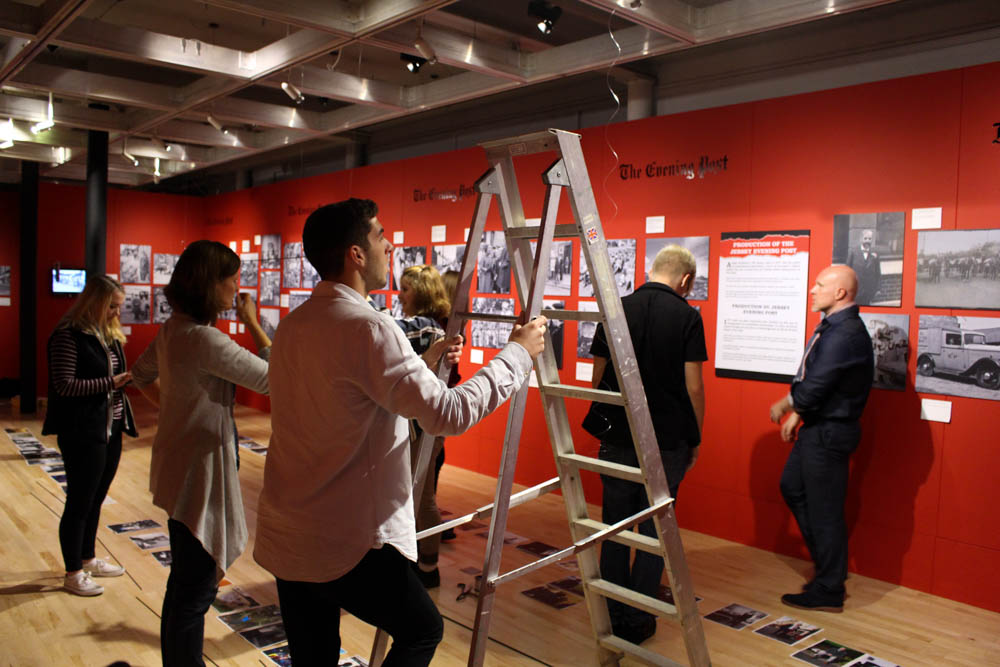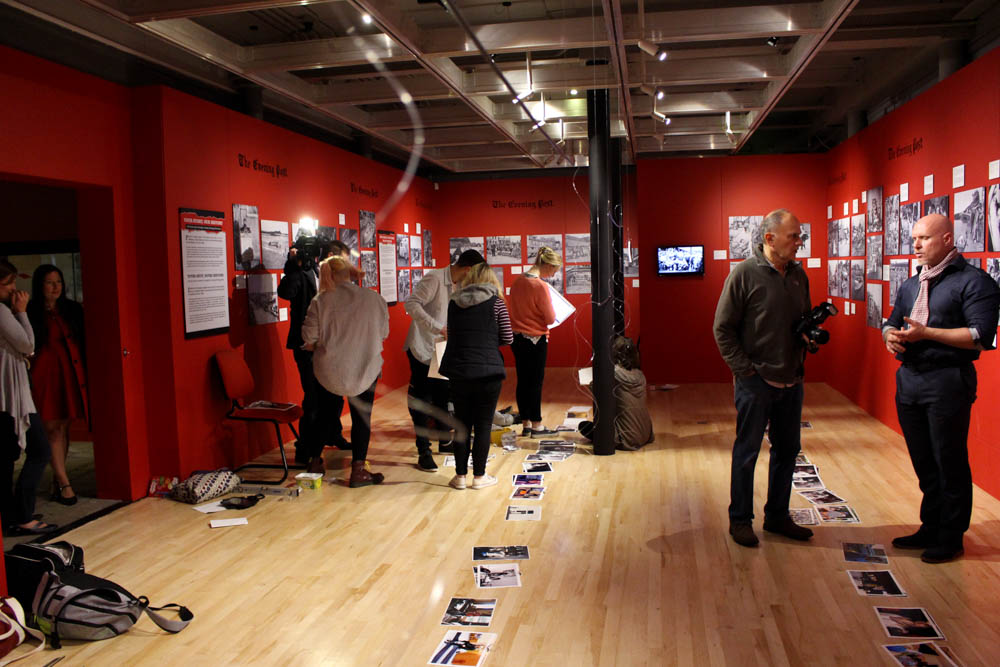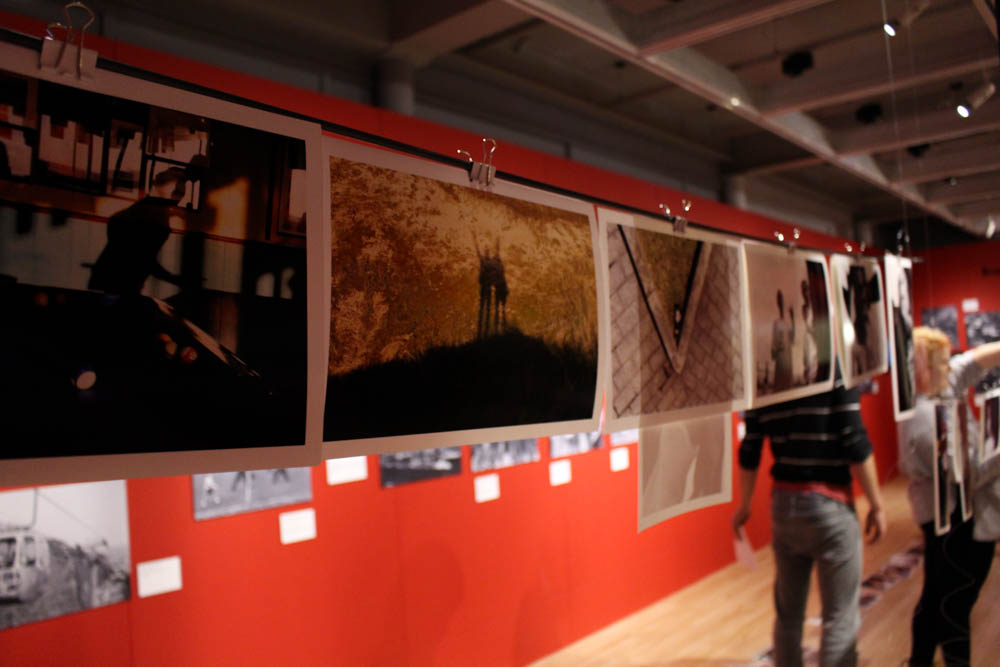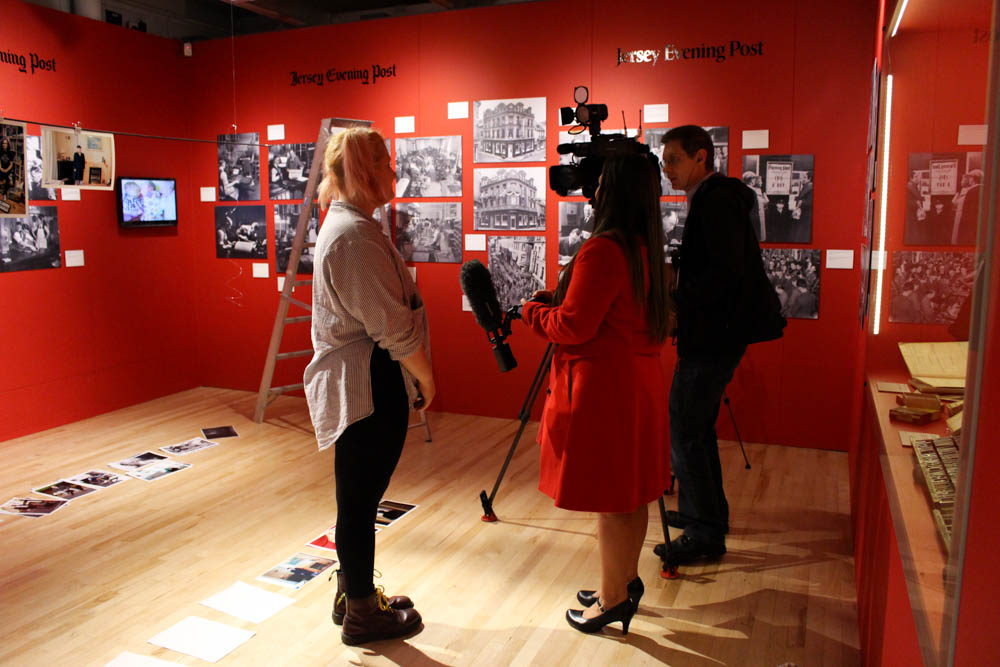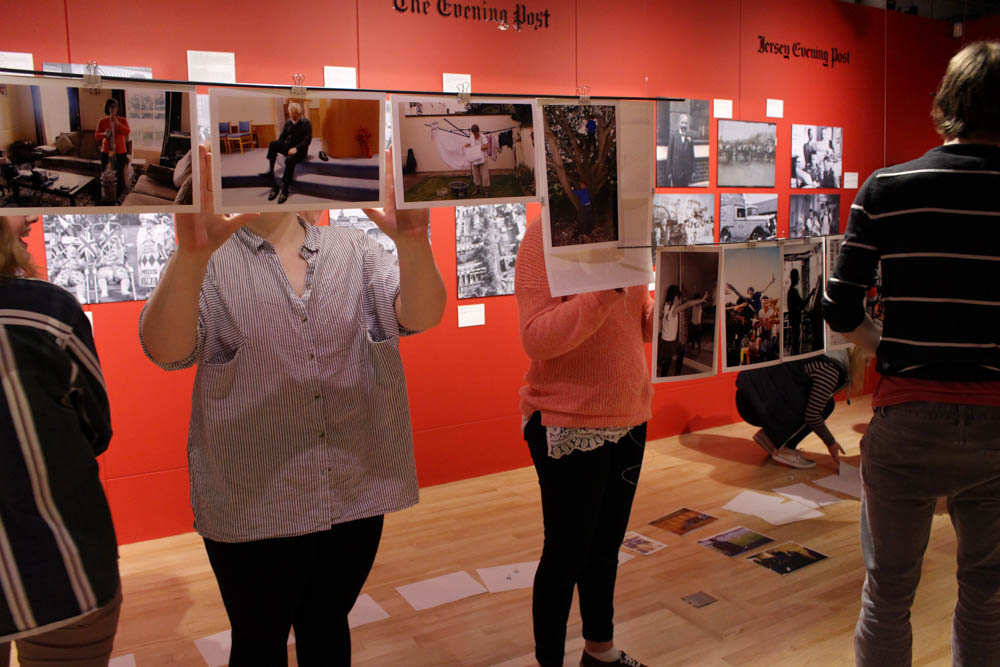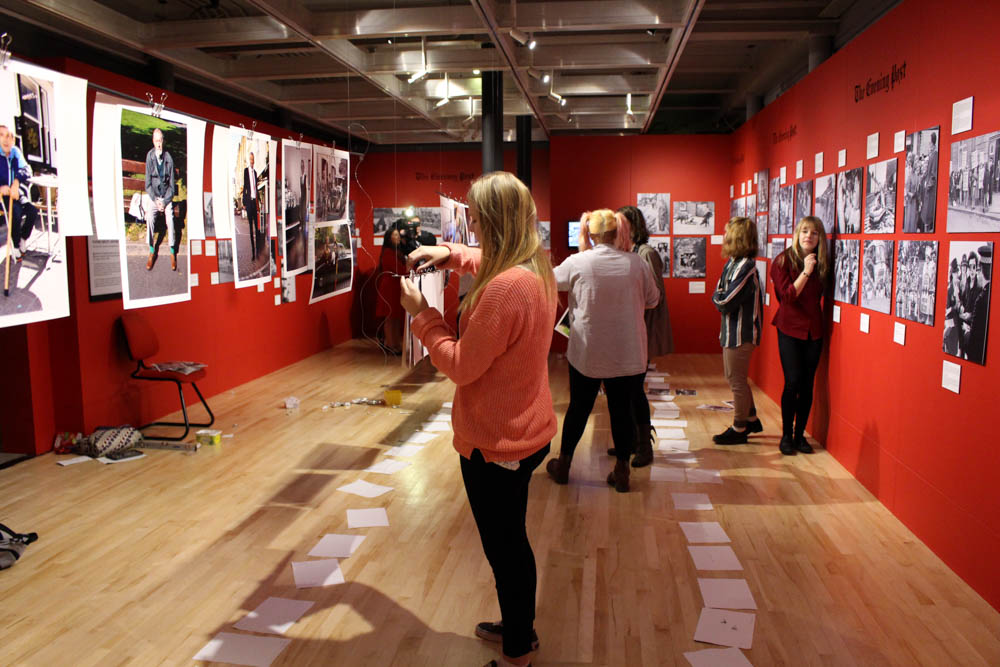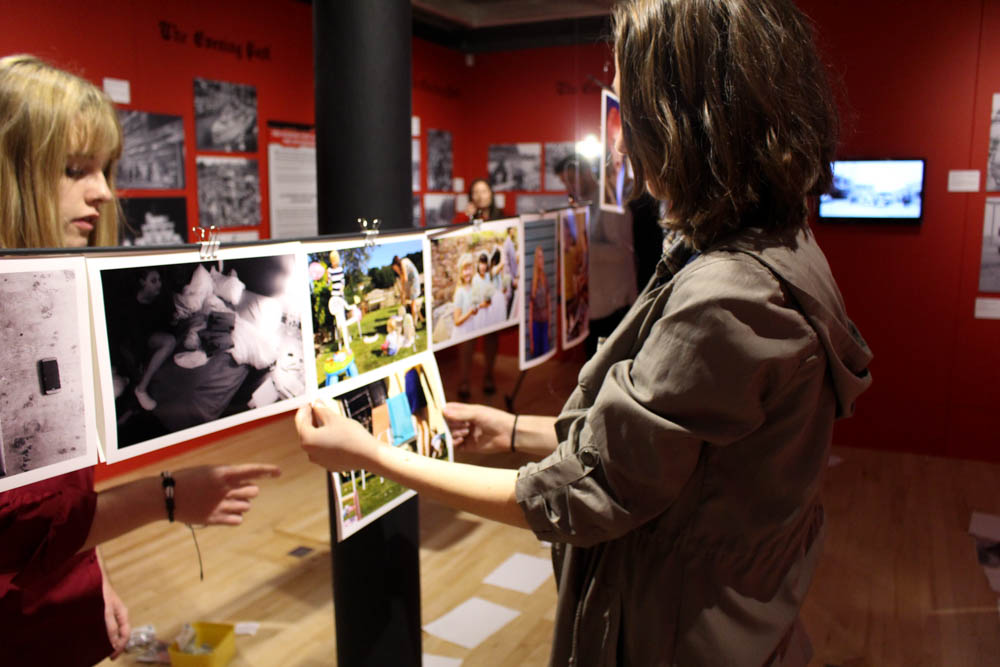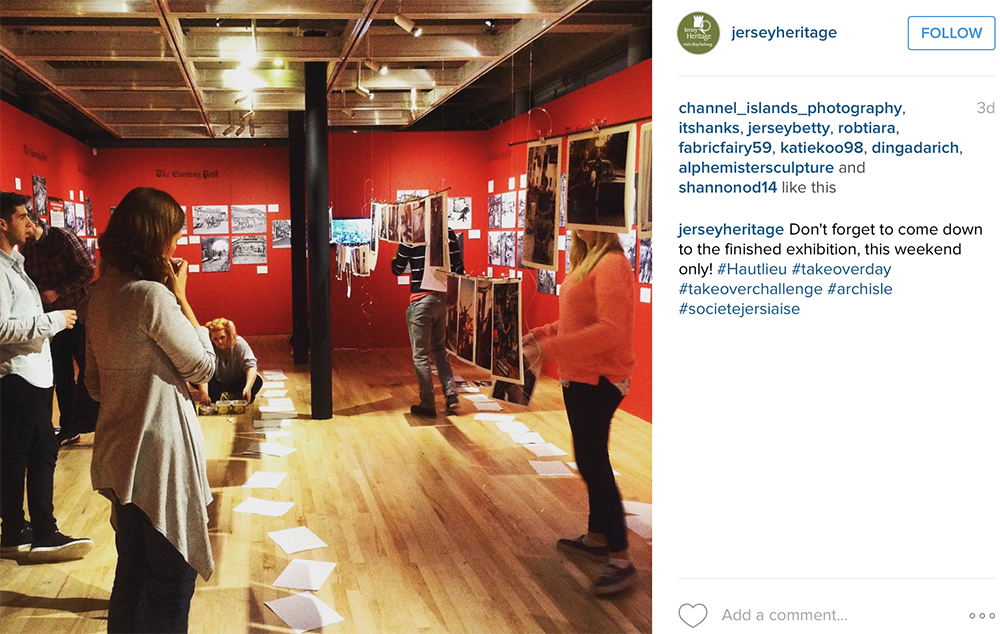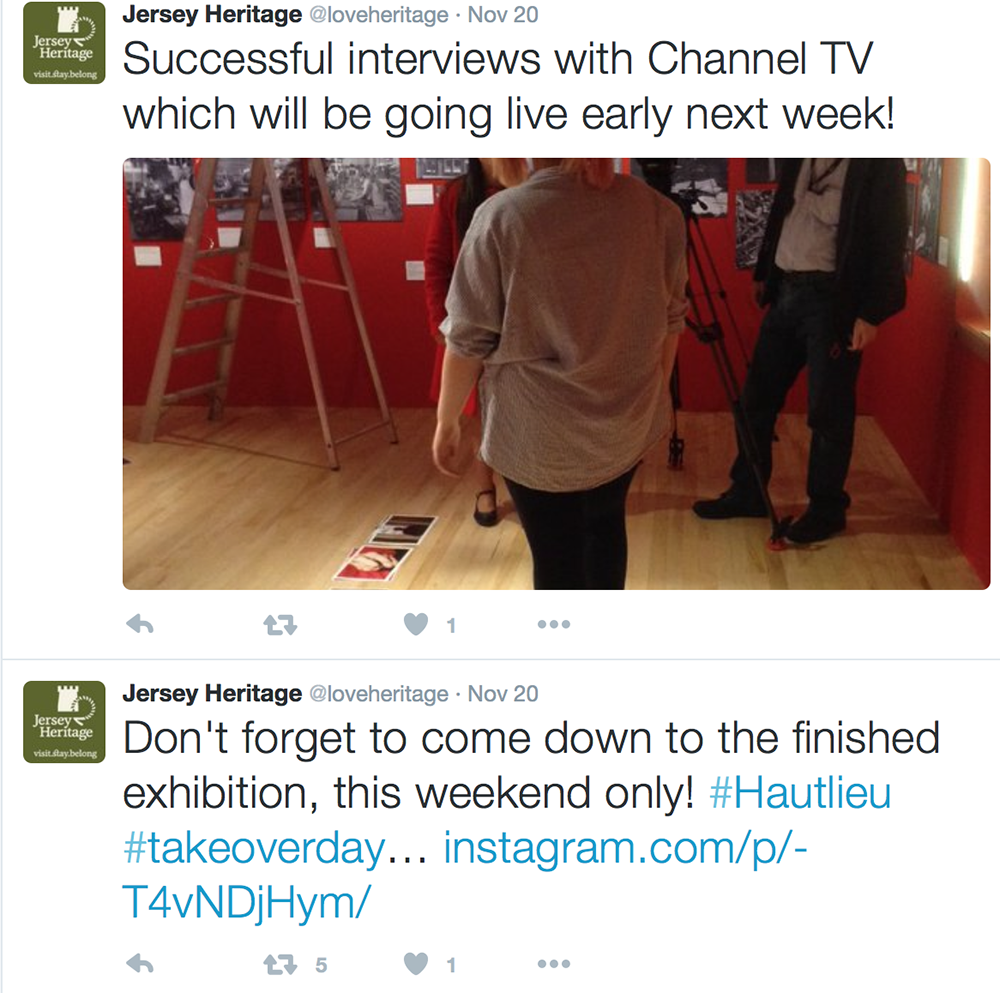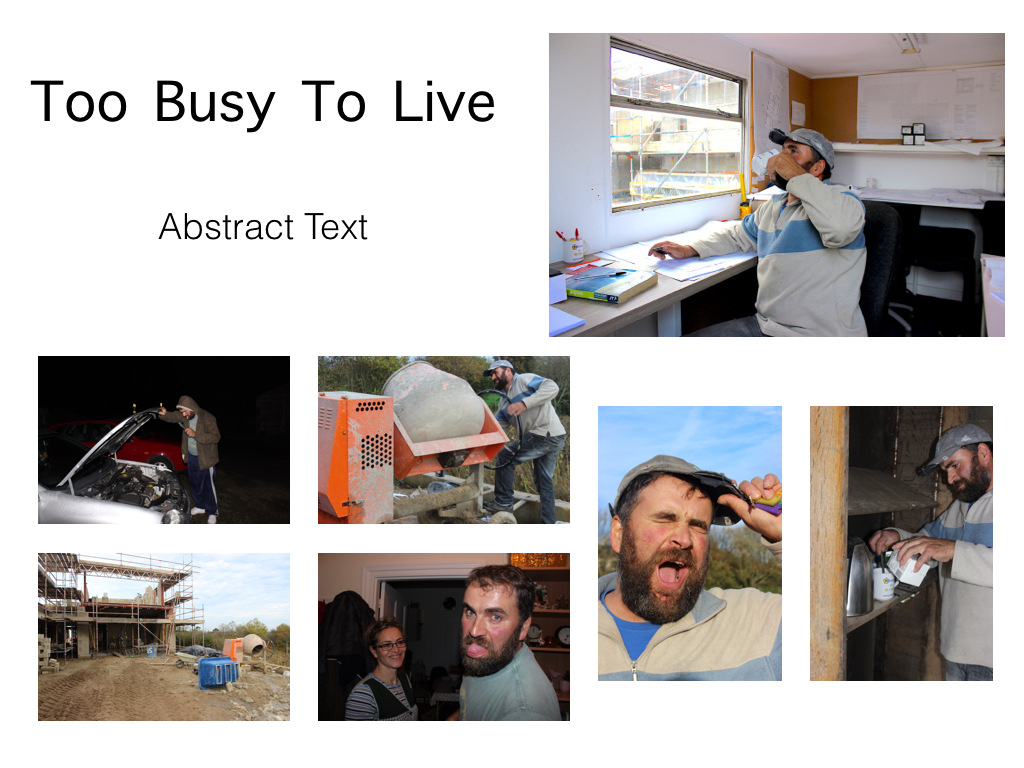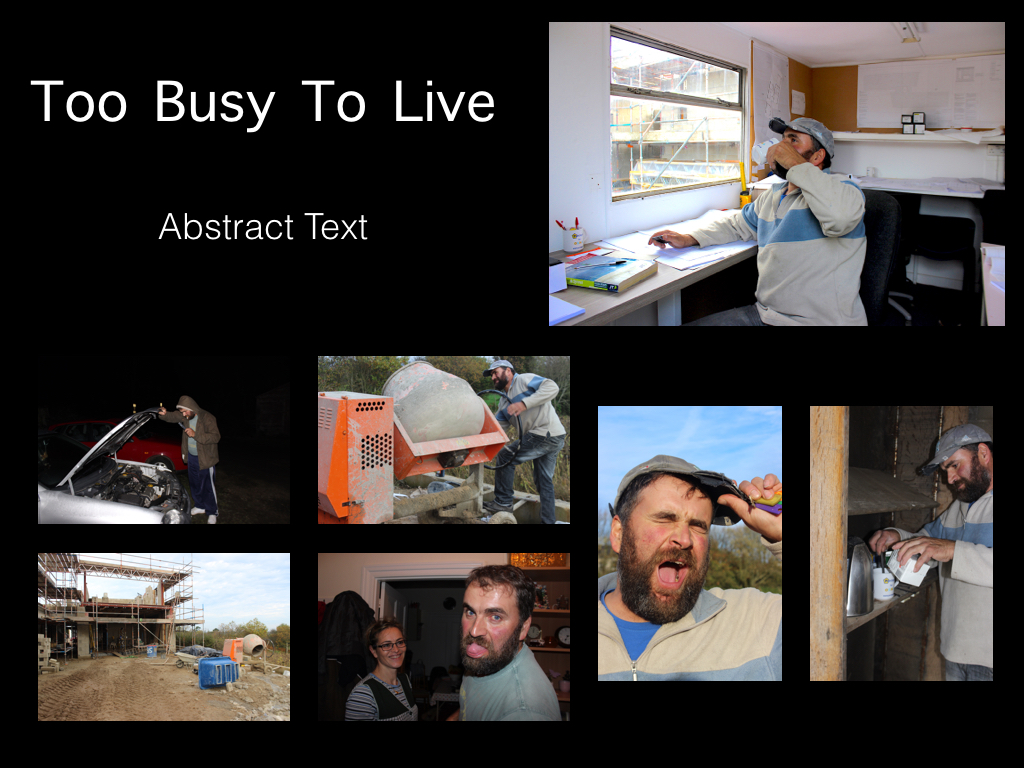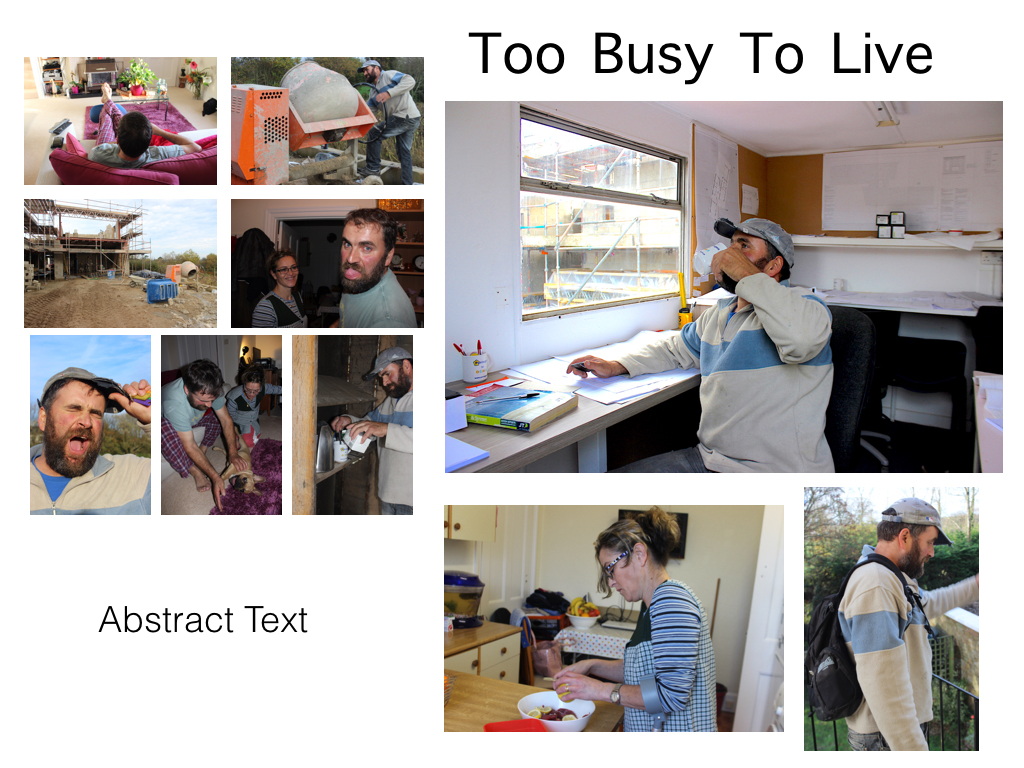Michelle Sank is the local photographer part of the Quintessence exhibition here in Jersey, as a visitor to the island previously she has a localized body of work. When asked who her influences were and her inspiration Sank said David Goldblatt. He is one of the most well-known photographers across the world.
Michelle Sank website: http://www.michellesank.com/
David Goldblatt website: http://www.davidgoldblatt.com/
About Michelle Sank
Michelle Sank was the photographer in residence at the Jersey Archisle back in 2013. Sank was born in Cape Town, South Africa but moved and has been living in England since 1987. Sank usually makes images of social documentary and tends to focus around issues of social and cultural diversity. While in Jersey Sank worked on social portrait images showing the difference in social classes and the way locals are compared to how they used to be in the Archisle images.
About David Goldblatt
David Goldblatt is a South African photographer and was born in 1930 in Randfontein, South Africa. Goldblatt has an interesting history as he was the son of Lithuanian-Jewish parents who fled from Europe in the 1890s [with their own parents] and Goldblatt lived in South Africa at a time of deep segregation between black and white people. He seemed to challenge this and made images of black people, showing that they aren’t so different. Goldblatt became a full-time photographer in 1962.
More info about Goldblatt: http://www.vam.ac.uk/content/articles/d/david-goldblatt-and-the-v-and-a/
Goldblatt in moMA: http://www.moma.org/interactives/exhibitions/1998/goldblatt/
Comparison | Michelle Sank and David Goldblatt
Q. Through the work of Michelle Sank and David Goldblatt how are we able to see the difference in society and the way our world has changed?
In this essay I will compare and contrast one of Michelle Sank’s chosen images compared to that of David Goldblatt and what social impact they have. I will be comparing the differences in world opinion from the time David Goldblatt made his images [1950s] and to present day when Sank made her images back in 2013.
The above image made by David Goldblatt really interests me. I just like the composition of this image with the two right in the center of the frame and are looking very seriously with a neutral expression into the camera, making the image a lot more personal and as if the pair are actually looking at the spectator. I find this image so intriguing as I wonder why they are holding a bumper to a car with a number plate, suggesting that the man is a mechanic as he is also wearing dirty looking overalls. They could also be stood outside their own house with the door off to the right side of the image. I really like that this image is in black and white, mainly because of the time it has been made, as it makes the image a lot more effective and allows the spectator to focus in on the subjects within the photograph rather than staring a the colour of the door or the colour of the lady’s dress.
Furthermore, I did some further research into the time period that this image was made, 1950s, and saw how South Africa was still a very racist place [it still isn’t completely desegregated today]. In South Africa they segregated everything, much like early 1900s America, there were separate toilets, cinemas, buses, schools etc. This, for me, is a very powerful image as David Goldblatt was a white photographer and it would have been seen as a radical notion to go out and photograph black people, it was seen as wrong to even talk to them at all. I really love the message behind this image showing that black and white people are no different, showing that we all have similar jobs and can work to the same standard there is no real difference between any of us. I think that this holds a strong social message showing how people can change, this photographer went out and made these images on his own free will.
I chose to compare the images above as they both hold significance. The photograph made by Michelle Sank that I chose really went well together and almost complimented each other through their social attributes. The image made by Sank shows how far we as a community and society have re-moulded and adapted our closed minded way of thinking to becoming more accepting beings that realize that everyone is equal. Sank’s image would seem like a revelation if it was shown to those photographed in Goldblatt’s image. This image shows two men, one black and one white, stood next to one another as equals both wearing suits and ties. These men both represent workers and their attire represents this too showing how far we as a society have been able to change and develop our way of thinking. However, if I had no context or hadn’t been comparing Sank’s image to Goldblatt’s then I would not have thought anything of it at all and don’t find it to be a visually interesting image a part from the history and meaning behind the whole thing it isn’t really a strong image to me. I do find it similar in composition to the photograph of Goldblatt’s in both the subjects are slightly off center and to the side of the image but that is just how each of them made their photographs and I don’t think that there is any real relation there.
Likewise, I really do find Sank’s visually boring as there isn’t much going on in the background a part from an empty country road and it doesn’t really give any extra context to who these men are and where they possibly work. As an environmental portrait I don’t like it but what the men are both wearing suits shows what kind of people they are and suggests what they do as a job. I feel like the background is all too perfect with the blue sky and perfect light but with nothing in the background it just looks really quite dull to me. Comparing the two images I much prefer the work of Goldblatt visually and with everything that it represents too. I do like the work of Michelle Sank and like that she makes images showing the different communities and people within our society.
Overall, I feel that these two images alongside one another work really well and do show how society and world view has changed from the 1950s to present day. Through these images the spectator is able to see how far black and white people have come together in the creation of equality of life and jobs. I like these images and think they are strong together and reflect how much has changed in such a short period of history.

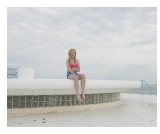

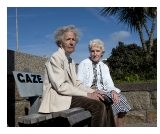
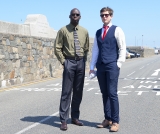


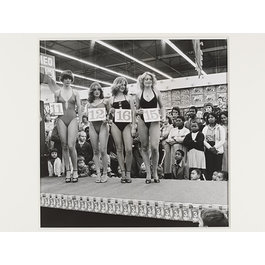

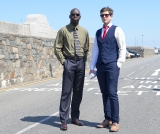
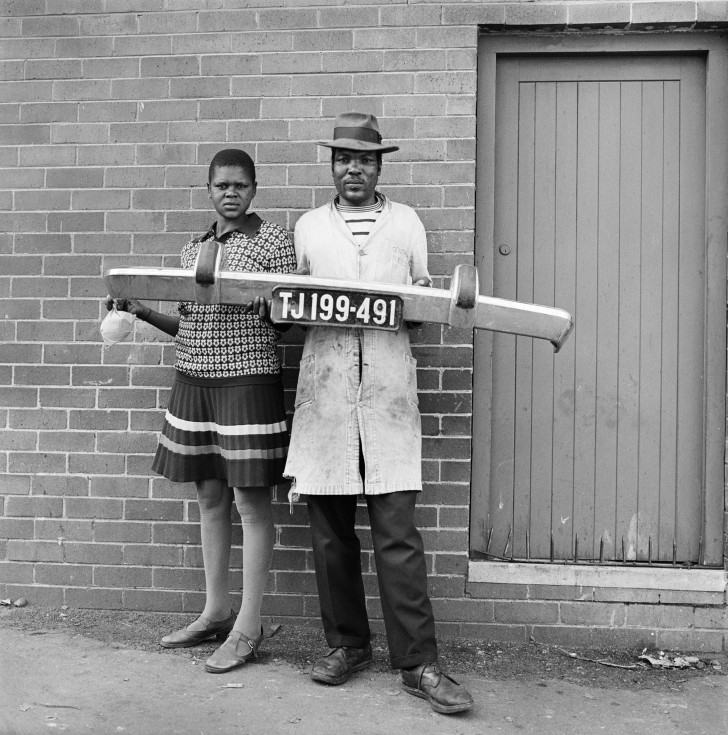
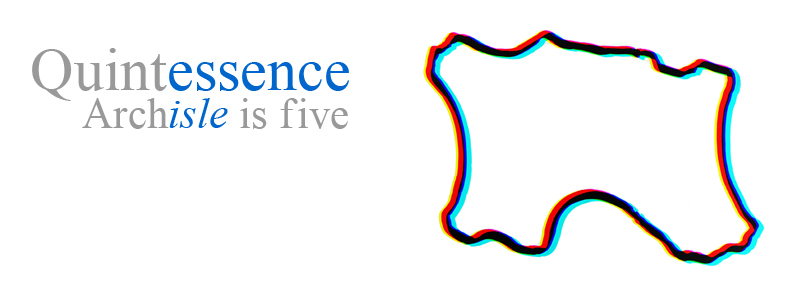
 However, in the Quintessence exhibition Michelle chose to exhibit two images, although only one showed an obvious link to Goldblatts work the other could be linked aswell. This is due to the theme the two artists are focusing on which is photographing people in their natural landscapes. The less obvious image shows a theme of this as the image is of a greenhouse and one bright red flower in the midst of the overgrown chaos.
However, in the Quintessence exhibition Michelle chose to exhibit two images, although only one showed an obvious link to Goldblatts work the other could be linked aswell. This is due to the theme the two artists are focusing on which is photographing people in their natural landscapes. The less obvious image shows a theme of this as the image is of a greenhouse and one bright red flower in the midst of the overgrown chaos.




